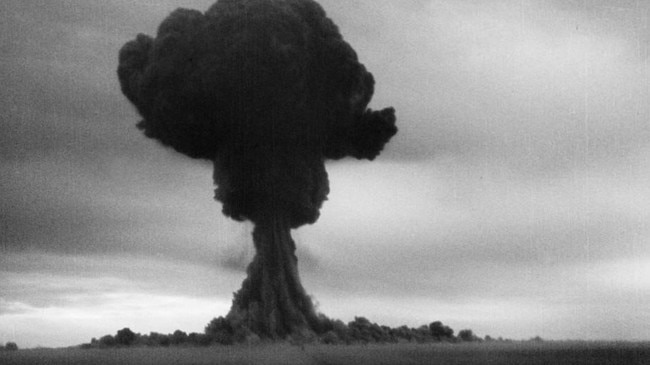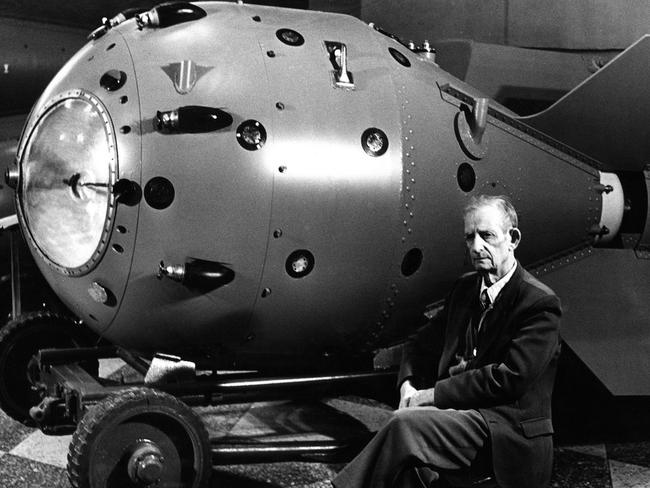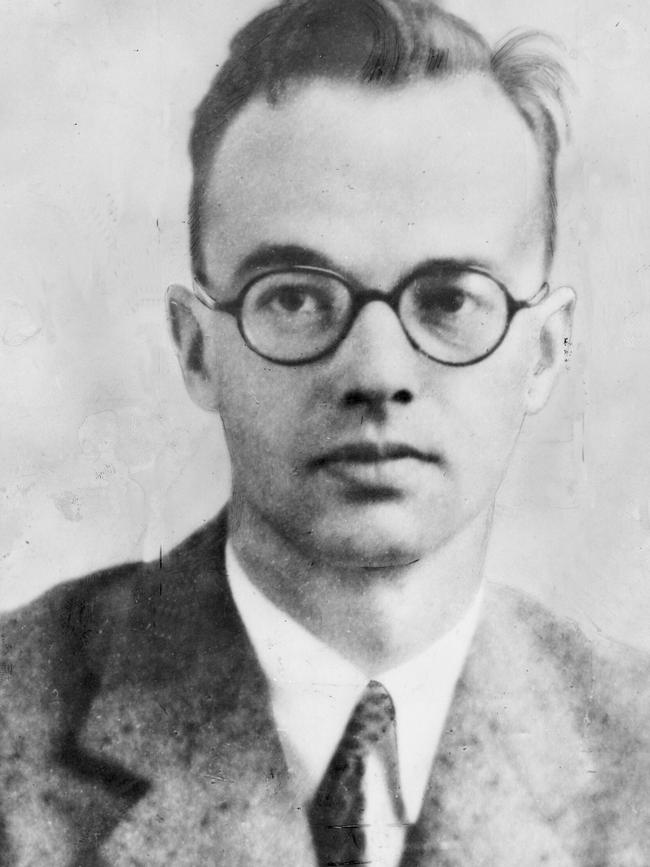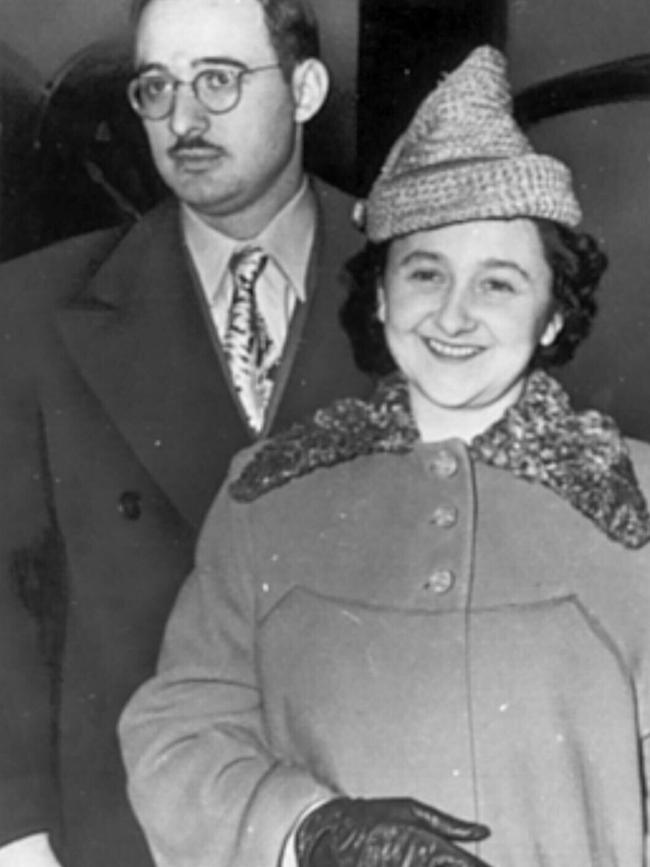‘It has burst like the American one’: Spies put atomic bomb in hands of the Soviets
When the Soviets successfully tested their first atomic bomb 70 years ago today it sent seismic and political shockwaves around the world
- Real-life crime of passion inspired Chicago the musical
- Fuel crisis inspired Mini classic with a big heart
The Soviet scientists were understandably nervous. If the device they had designed failed it could mean imprisonment, exile or execution. But at 7am in Semipalatinsk, Khazakhstan (11am Sydney time) on August 29, 1949, the first Soviet atomic bomb detonated successfully.
Lavrentiy Beria, deputy to Soviet leader Josef Stalin, who was present at the test, embraced the scientists and called his leader. “Josef, it has burst like the American one!”
The tremor from the blast was recorded by seismic stations thousands of miles away and, as the realisation that the Soviets had detonated an atomic bomb dawned, it set off a political shockwave that went around the globe. The USSR tried to claim the blast was from a multitude of infrastructure projects setting off explosives simultaneously using
the “latest technical methods”, but no one believed this story.
The Soviets had nicknamed the bomb test “First Lightning” but in the West, where it launched complaints about intelligence failures and sparked a hunt for those who had leaked nuclear secrets, they called it “Joe-1”.

The Russians had been working on nuclear science for decades, trying to unlock the secrets of radioactive elements. Soviet physicists were therefore not unaware of the implications when they heard German scientists Otto Hahn and Fritz Strassmann had discovered fission,
the splitting of atoms, in 1938. After lobbying by Soviet physicists, in 1940 the Soviet government created a Uranium Commission to study the “uranium problem”.
When Germany invaded the USSR in June 1941 Soviet scientists were assigned to programs with more direct military applications, slowing down the nuclear program. But in 1942 Russian nuclear physicist Georgy Flyorov noticed British, German and American nuclear scientists were no long publishing papers on fission and suspected they must be developing a bomb. He successfully convinced Stalin to set up a Russian atomic bomb project.

By then the Allied bomb development program, the Manhattan Project, was well advanced. Begun in 1939, by 1942 it had expanded to thousands of scientists.
One of those was Klaus Fuchs, a German-born physicist who had joined the Communist Party in the 1930s and fled from the Nazi regime. He went to Britain, where he was briefly interned as an enemy alien when war broke out, but was later released to work on the British nuclear program. Fuchs feared the refusal of the US and Britain to share nuclear knowledge with their Soviet allies meant they intended destroying the Soviet Union. He contacted the Soviet embassy and offered them nuclear secrets. He was teamed with Ruth Kuczynski (codenamed Sonia), another émigré German communist, who became his “handler”.


When he was transferred to the US his handler became Harry Gold. Gold also handled Julius Rosenberg, an American-born man with Russian-Jewish heritage and communist sympathies who worked as an army engineer. Rosenberg’s wife Ethel had a brother, David Greenglass, who was working on the Manhattan Project. He was recruited by Rosenberg to gather nuclear secrets.
After the Allies dropped atomic bombs on Hiroshima and Nagasaki in 1945, the secret weapon became public. The Soviets then redoubled their efforts to develop their own device.
US intelligence knew they were trying to develop the bomb but assumed it would be a decade before they were successful. With the end of the war, and the ensuing Cold War, Fuchs and Rosenberg found it difficult to send more information but, in England, Kuczynski had another operative — an unassuming secretary named Melita Norwood.
A committed communist, Norwood was also concerned that the US had the power to destroy the Soviet Union. She worked for the Non-Ferrous Metals Research Association in London, which was conducting research into radioactive metals, and provided the Russians some of the missing information on enriching radioactive material to make bombs.
In 1947 the Soviet foreign minister Vyacheslav Molotov let slip their scientists had cracked the secret, but it was not until 1949 that they tested their first bomb. British and US intelligence tracked down the leaks to Gold, Fuchs and Rosenberg. Julius and his wife Ethel were executed, although Ethel is believed to have been innocent. Gold and Fuchs both served prison sentences, but Kusczynski and Norwood both remained free.

